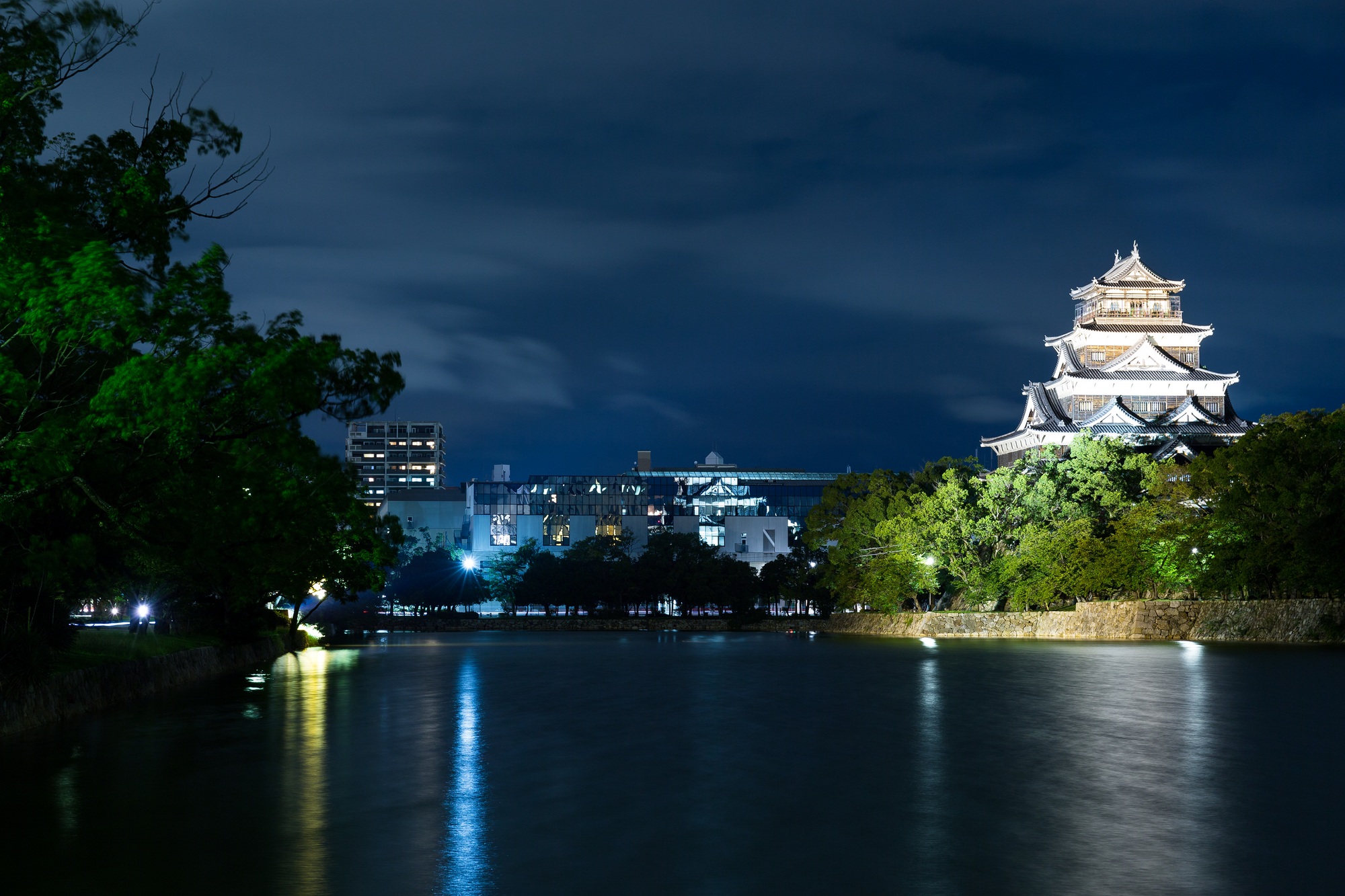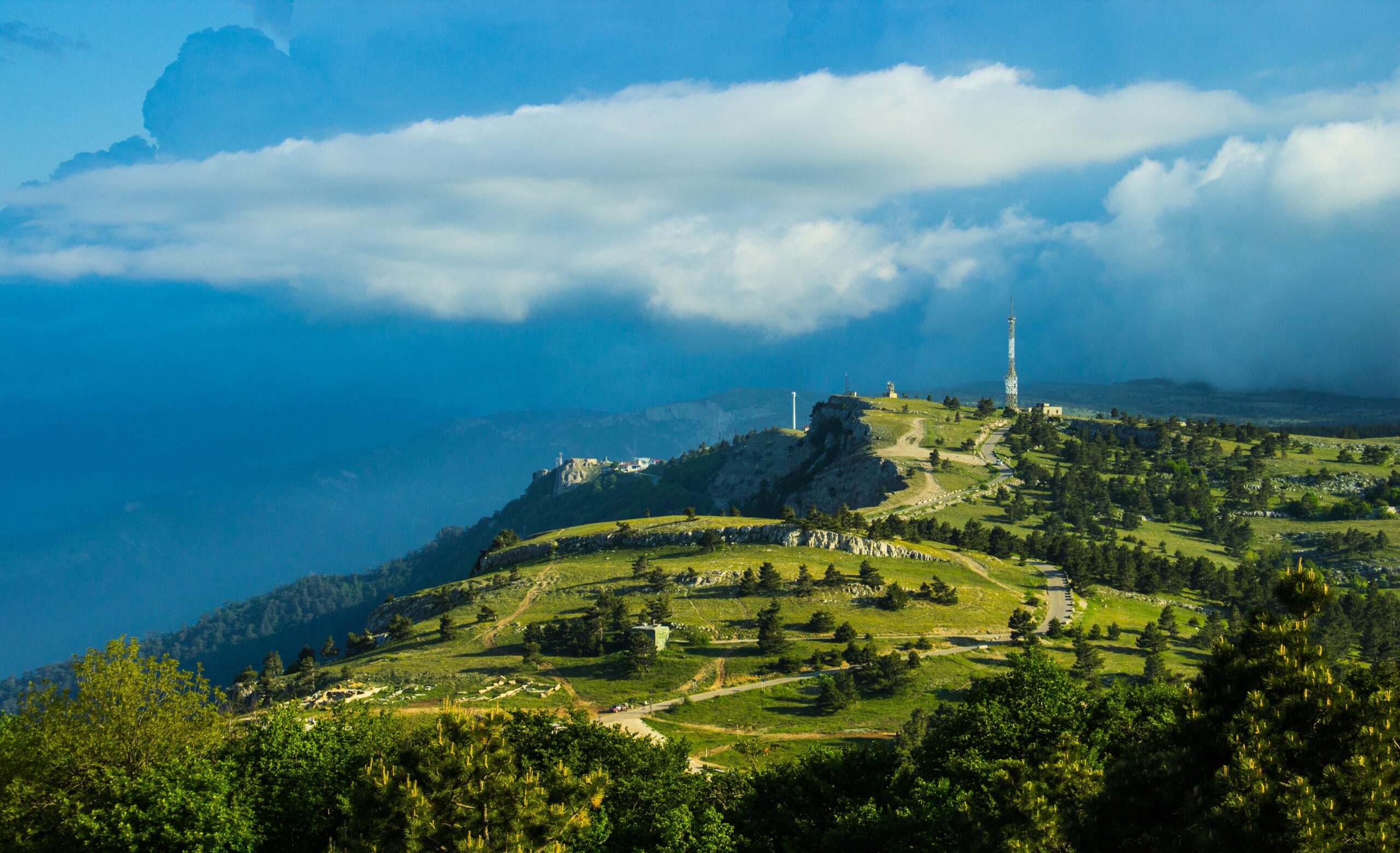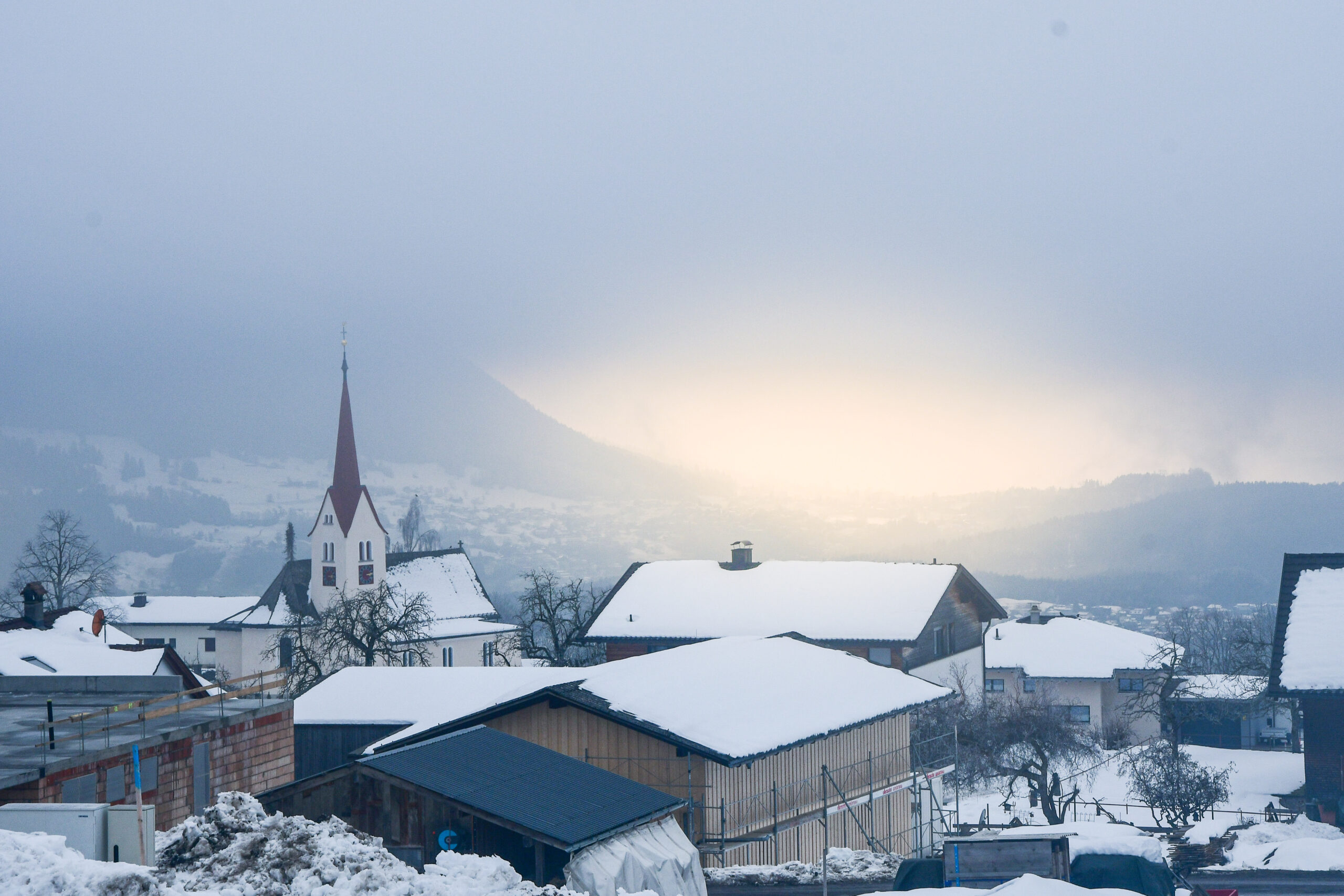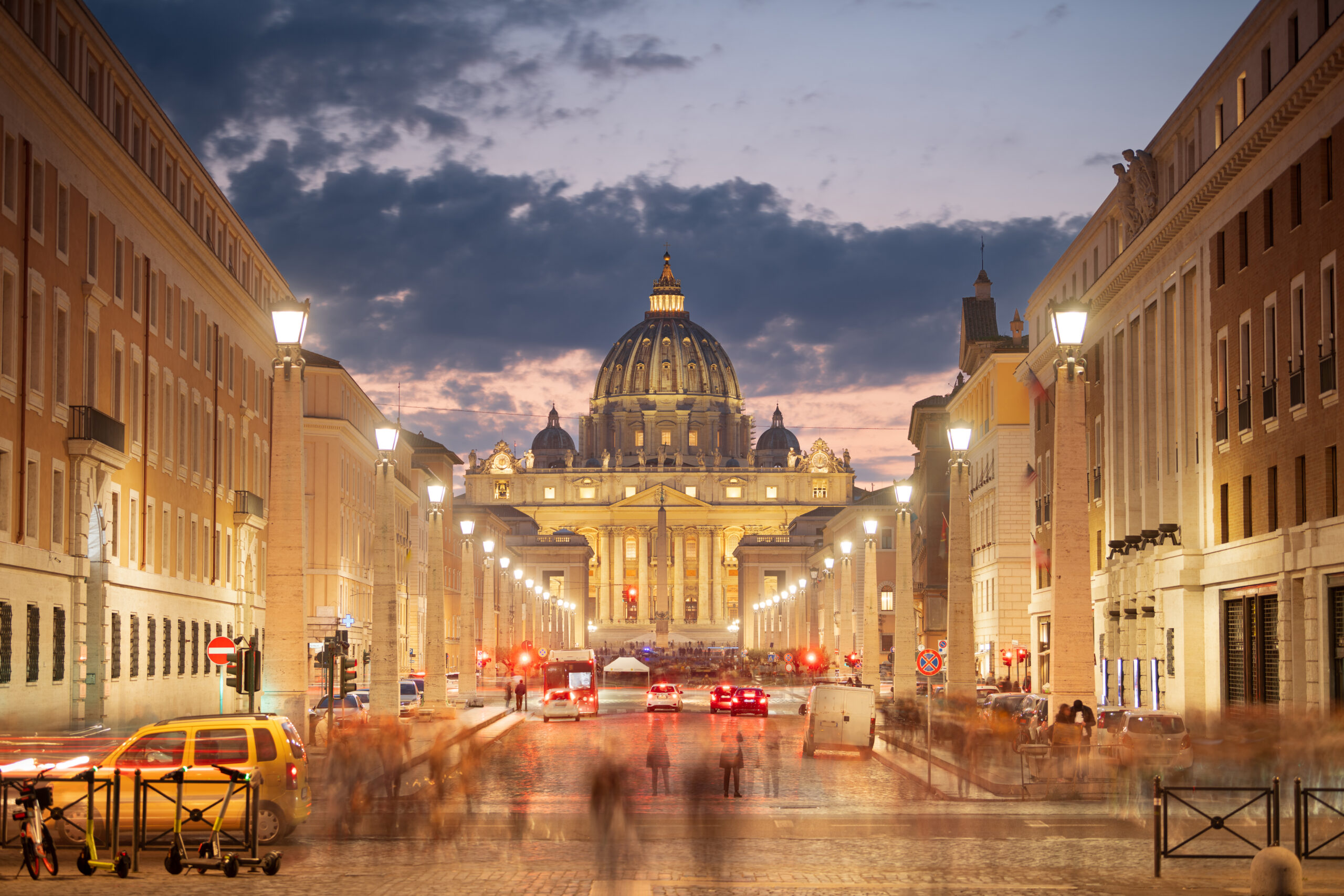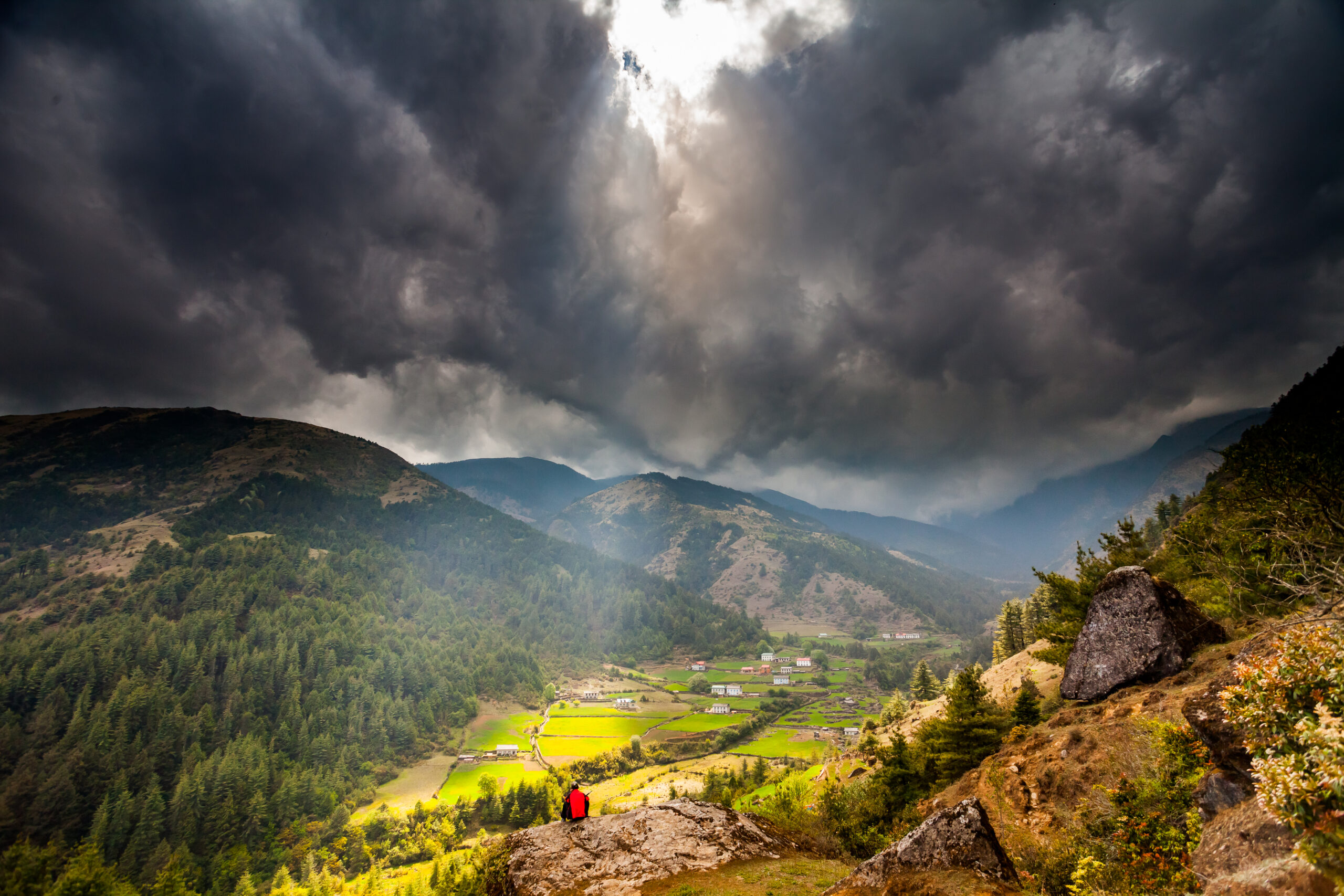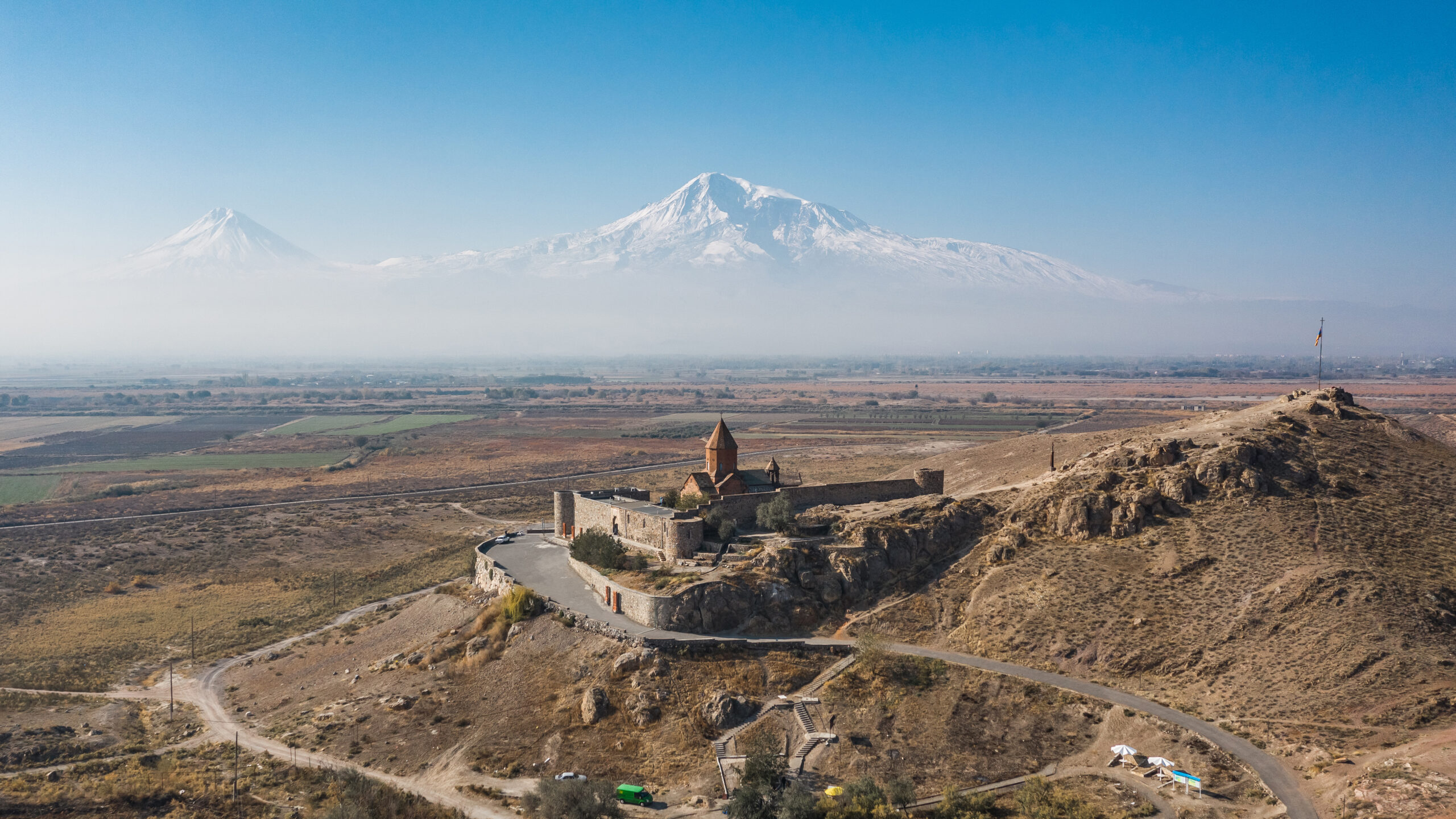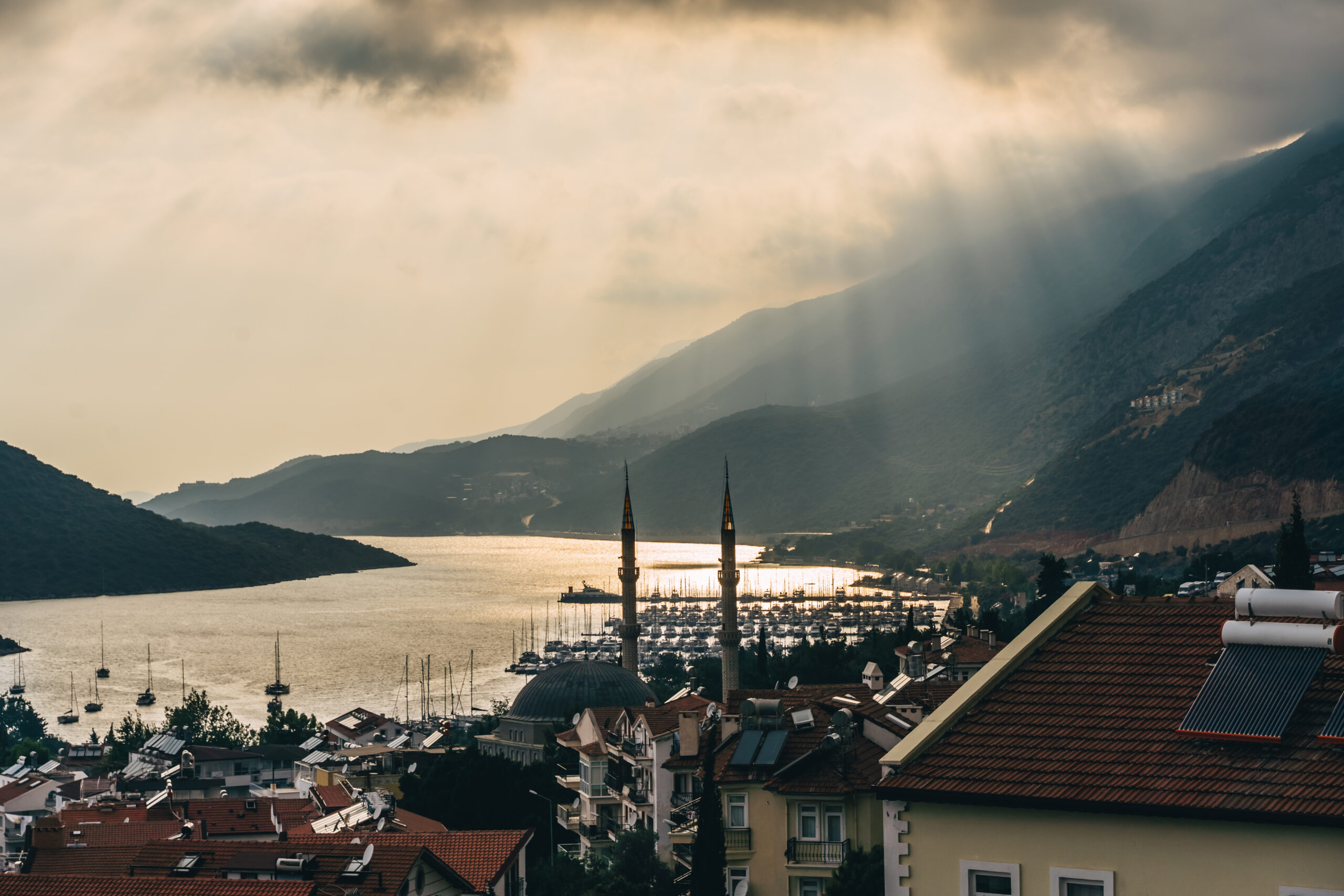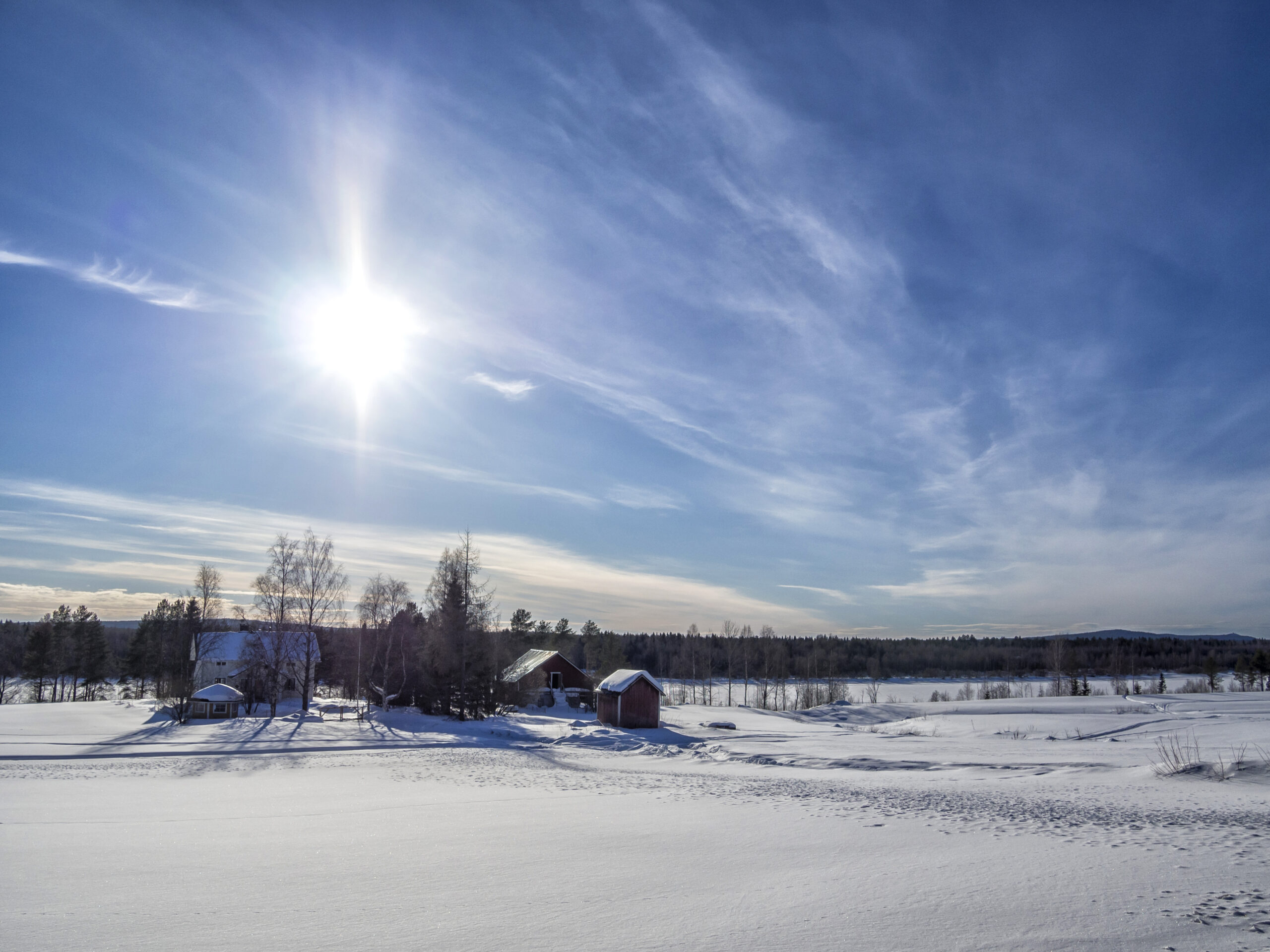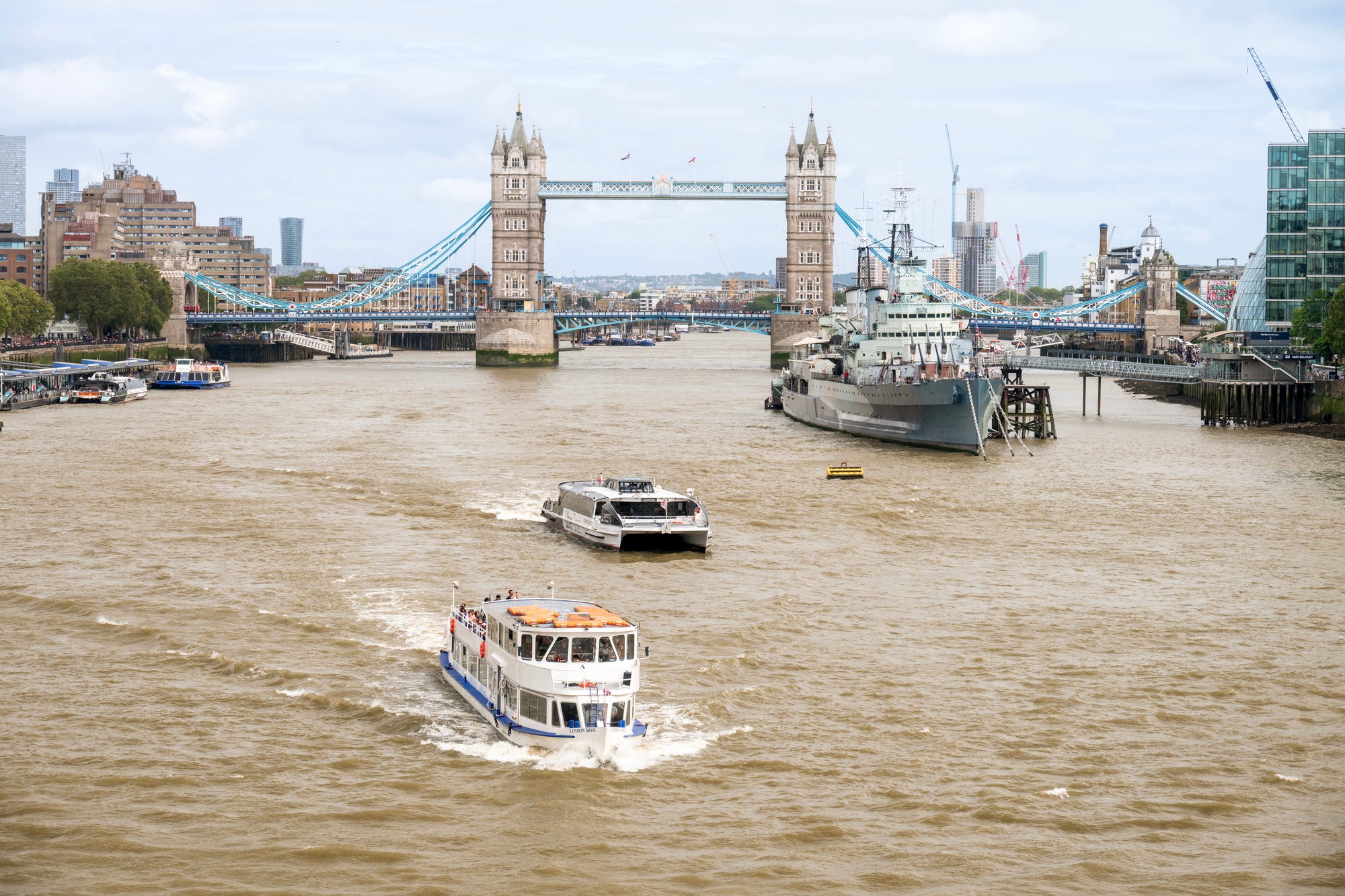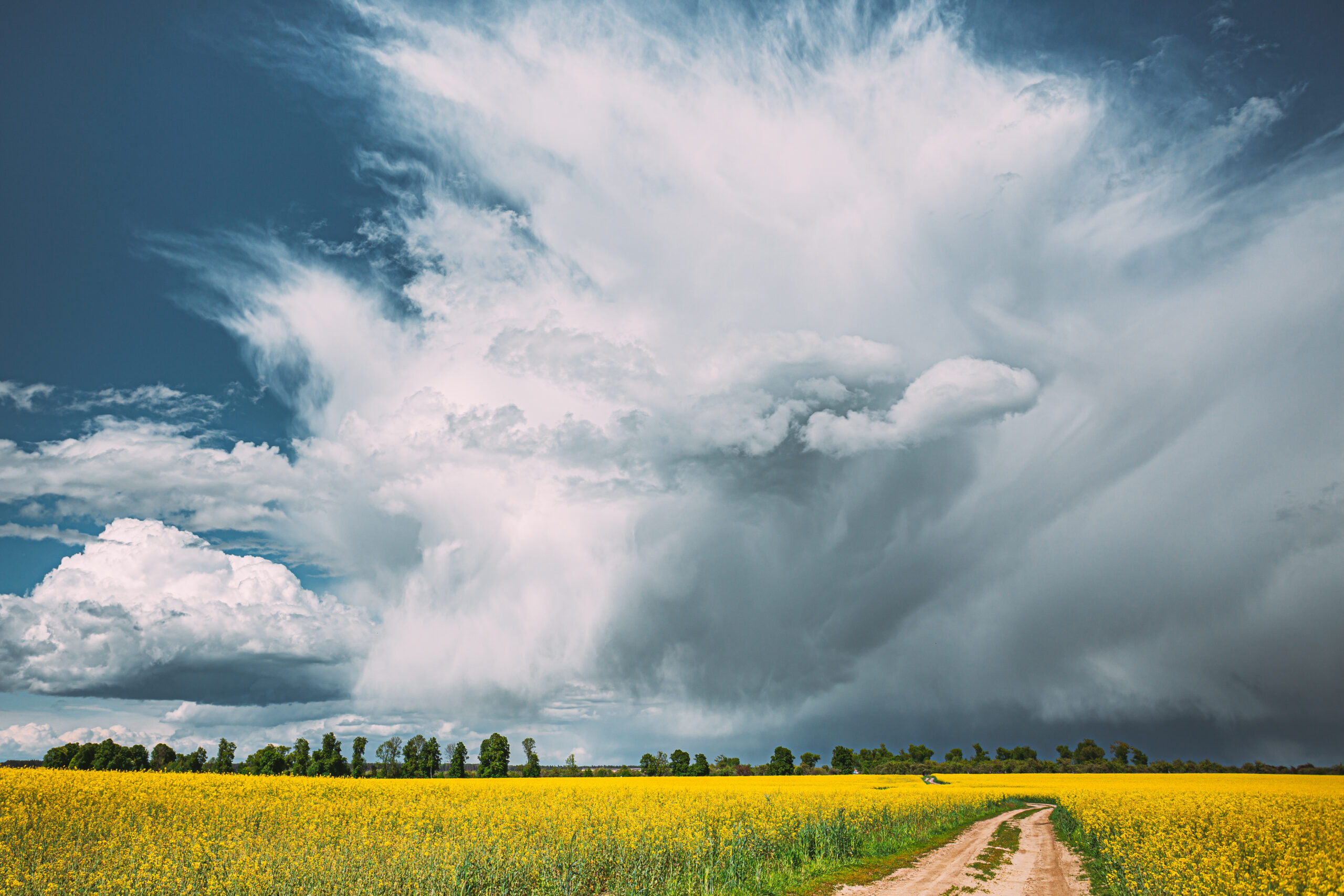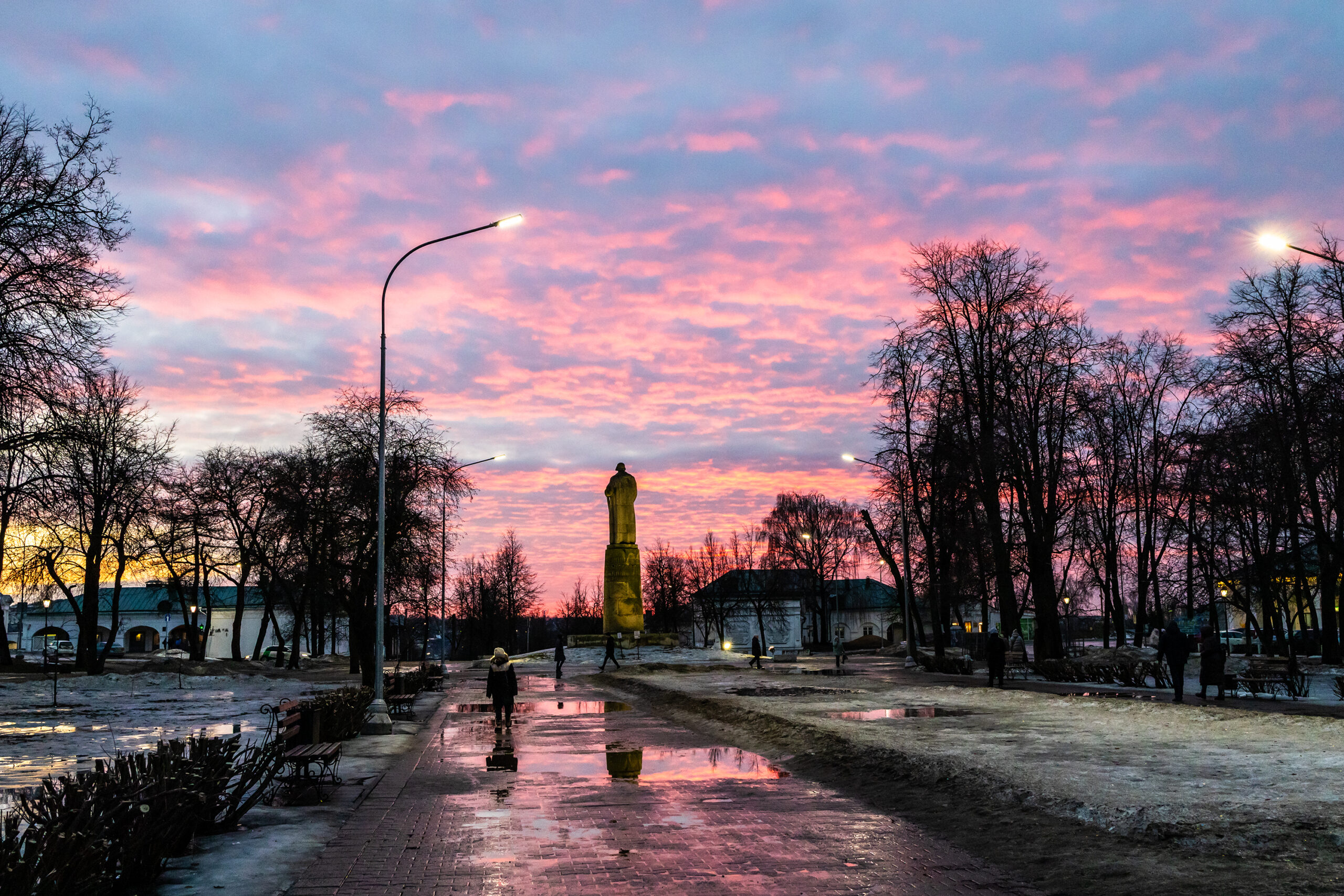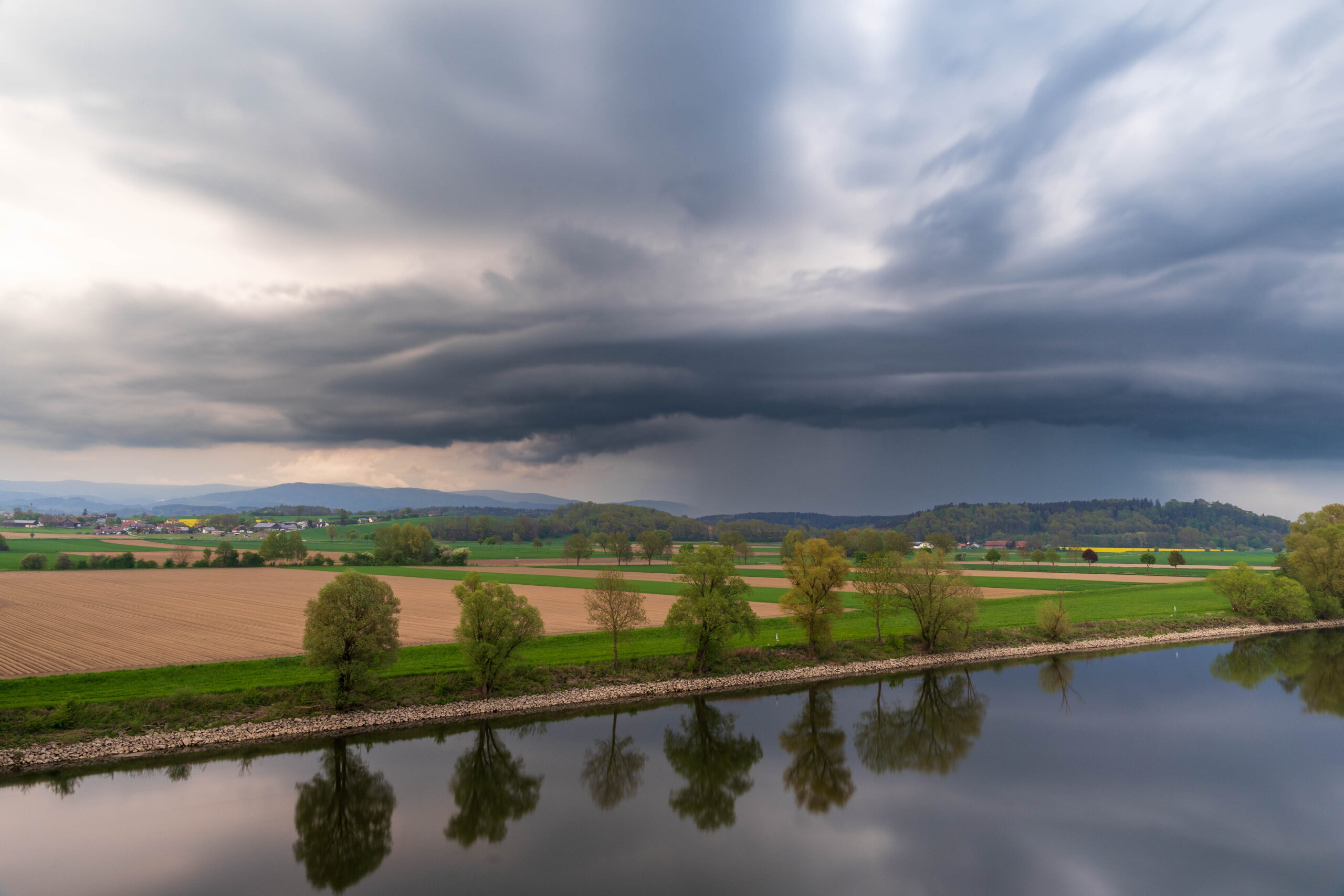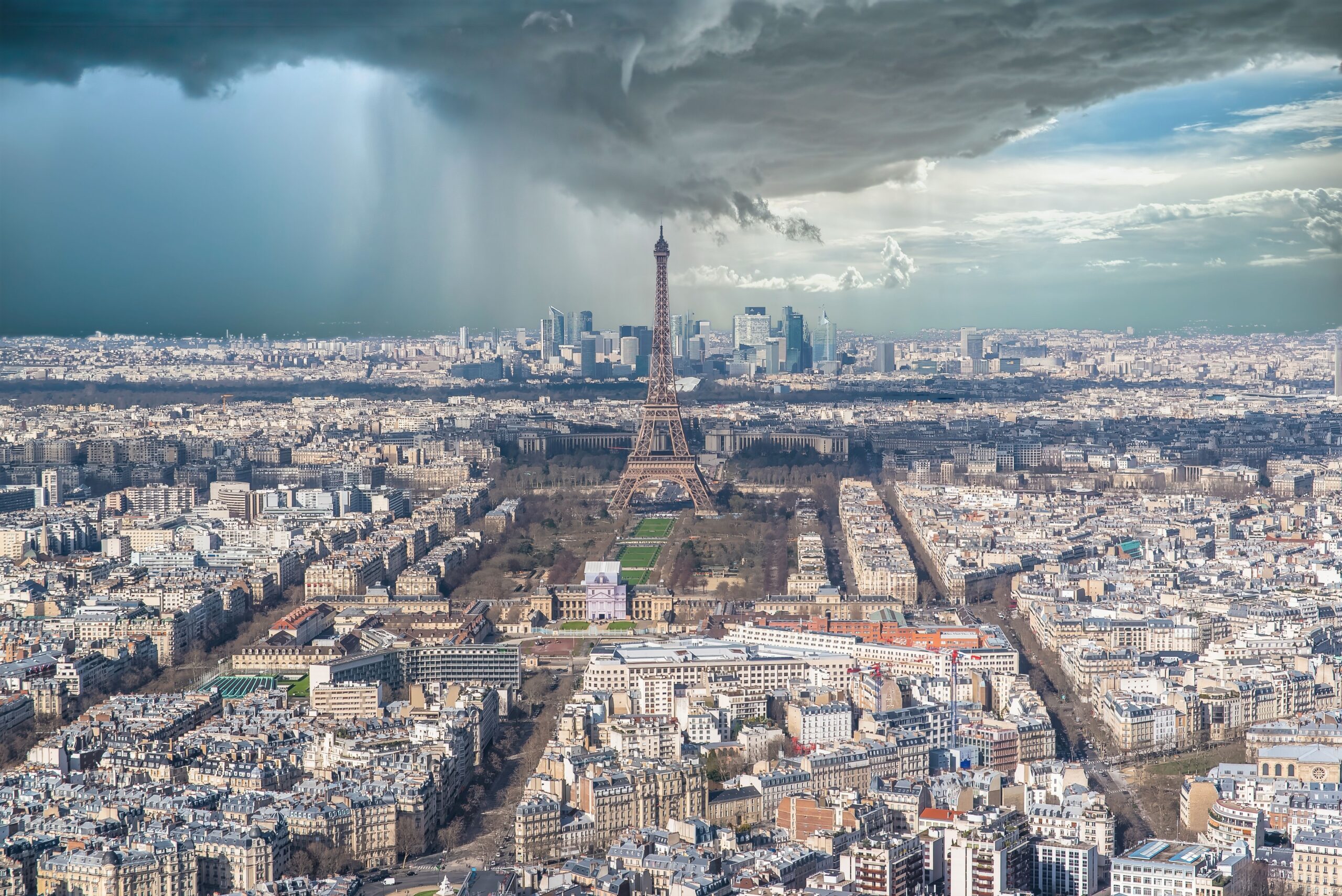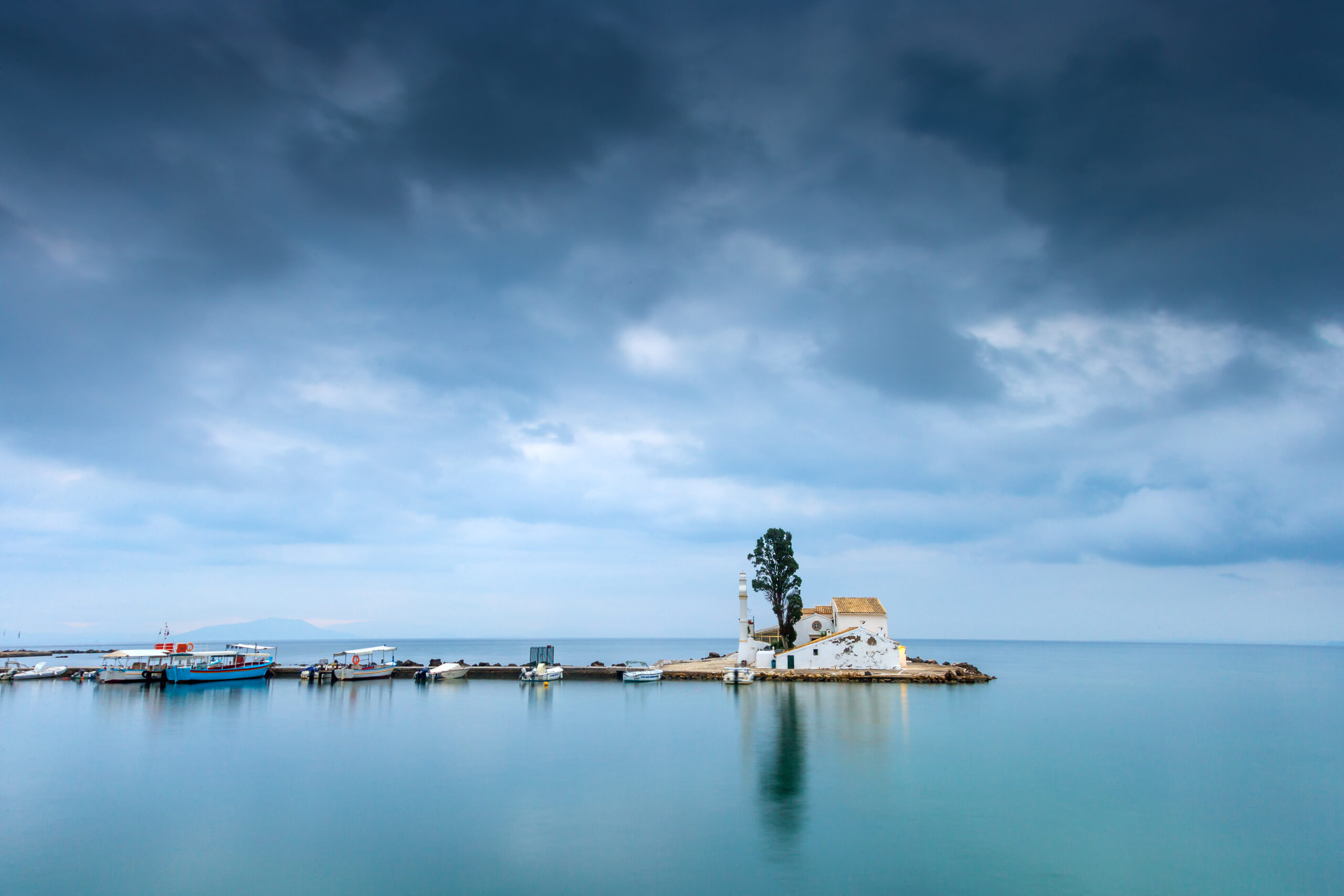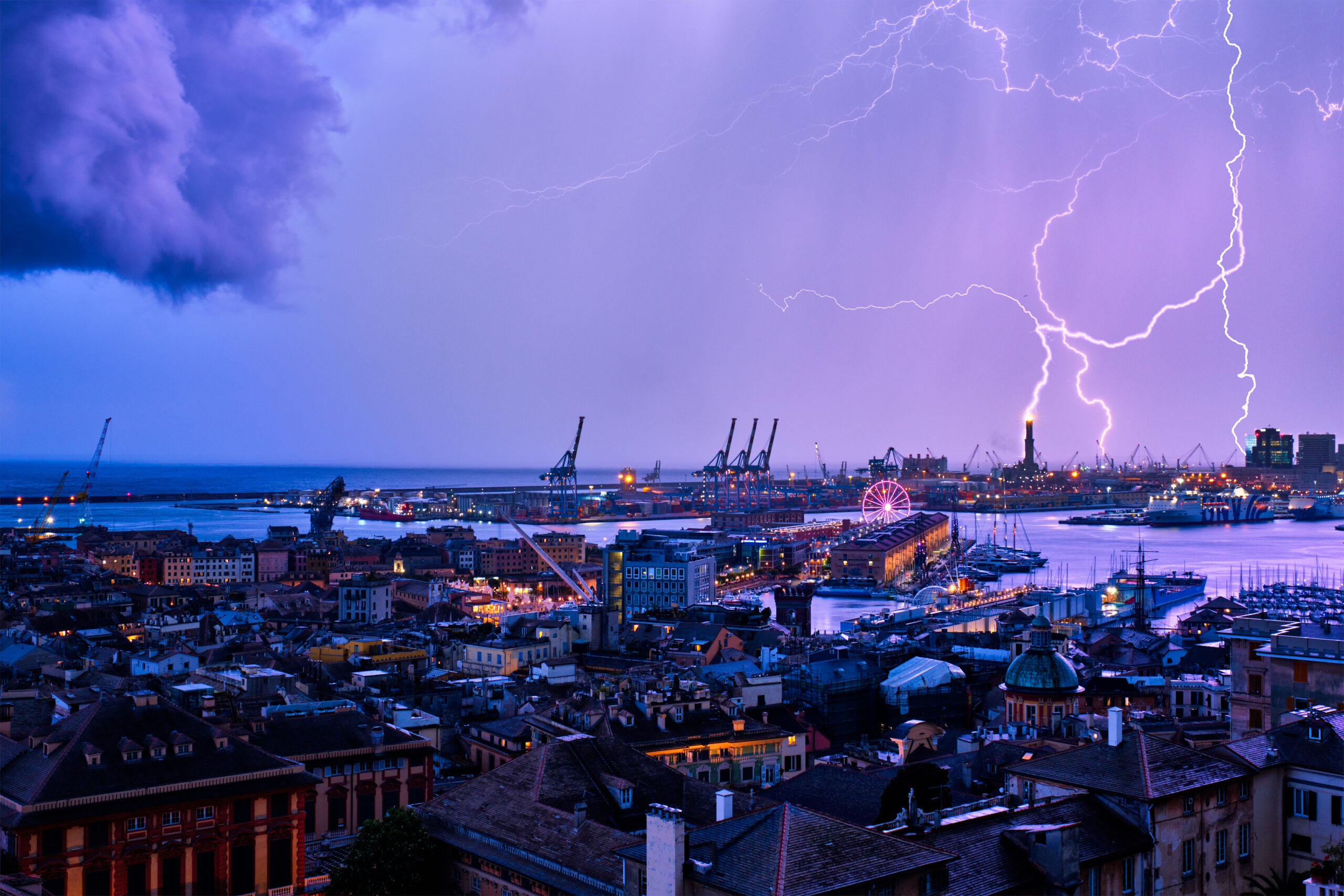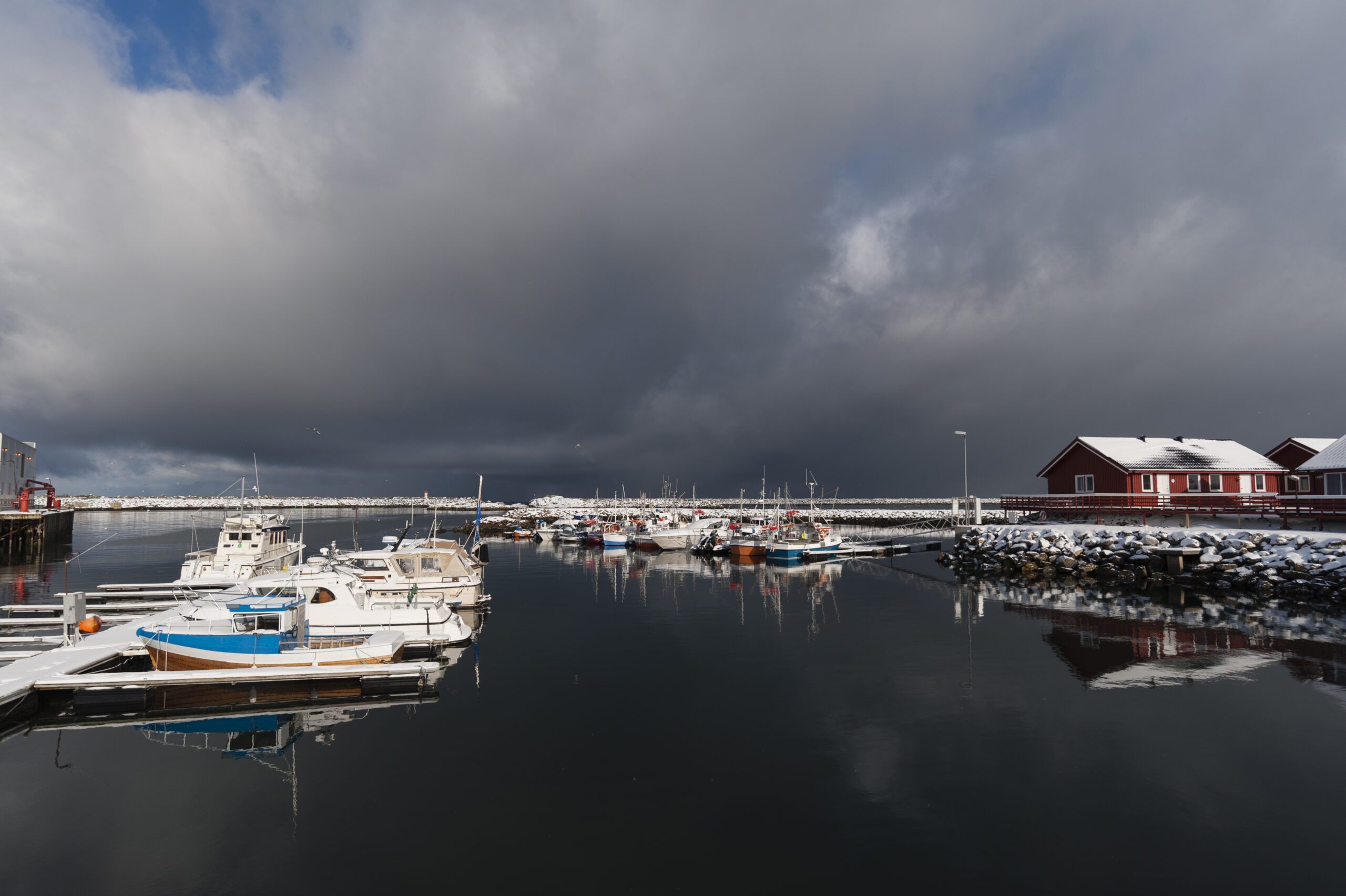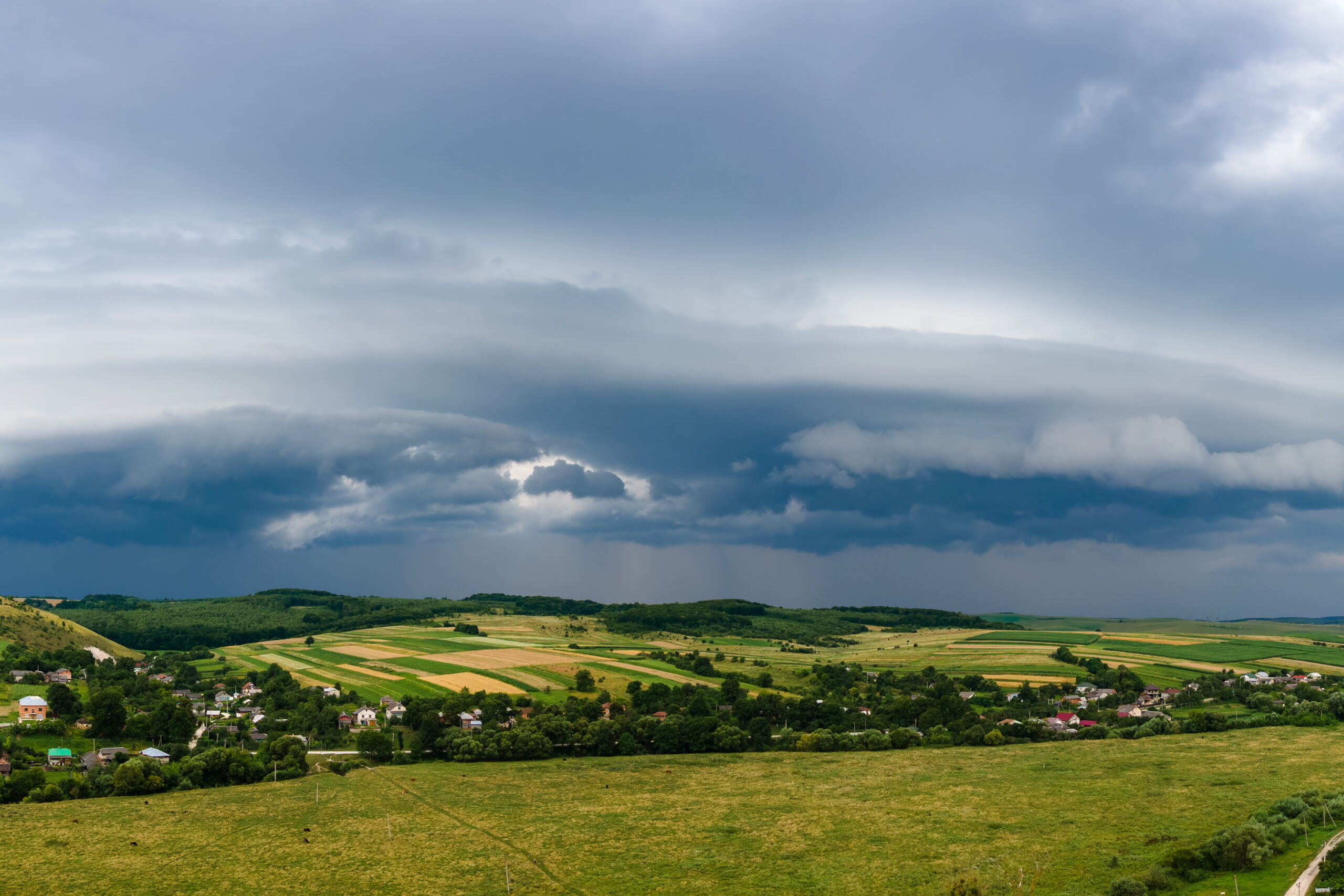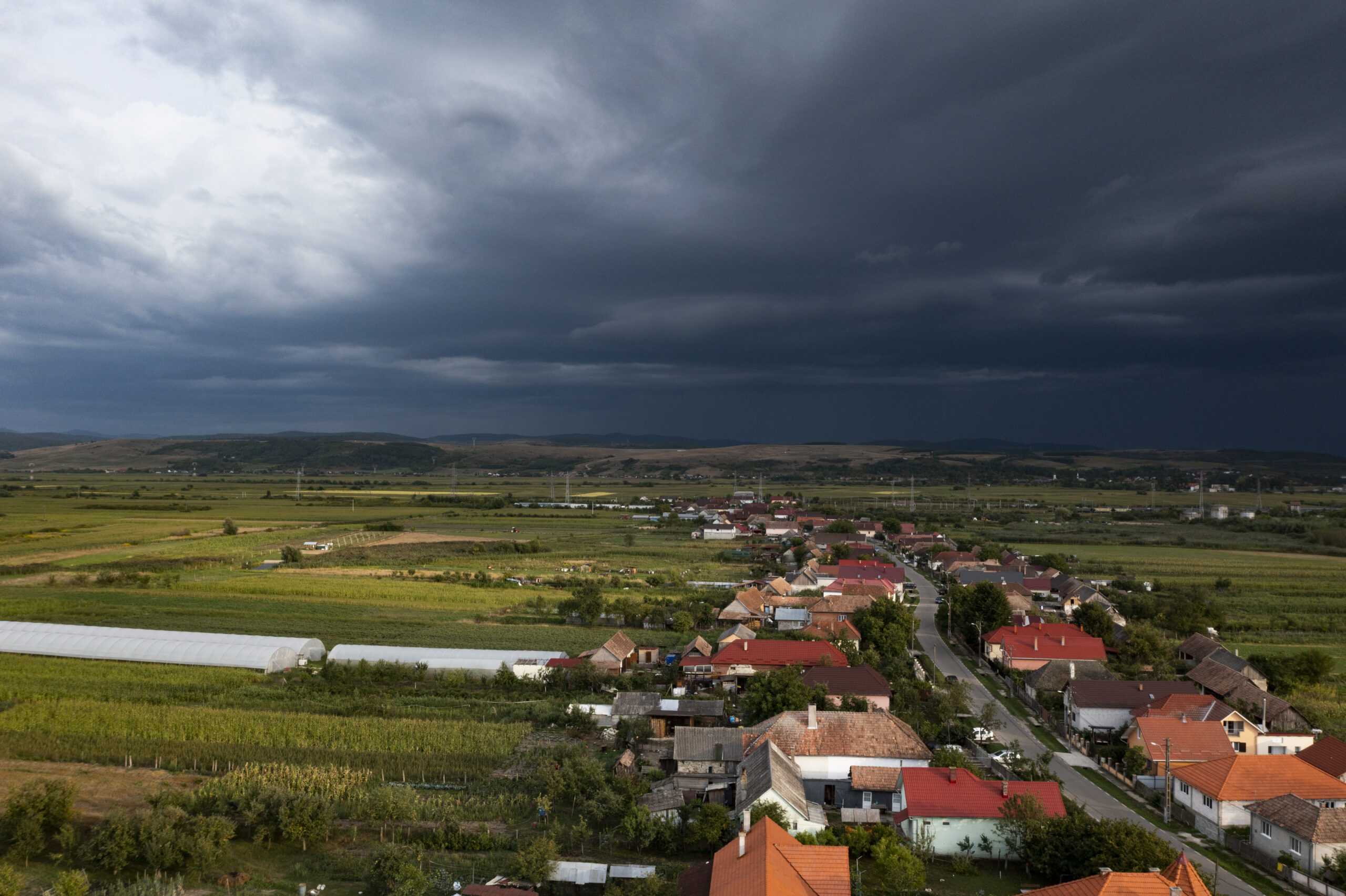Hiroshima Prefecture Weather Report Free updated Hourly 2025
[location-weather id=”2435″]
Weather Report Hiroshima Prefecture
Weather Report Hiroshima Prefecture
Weather in Hiroshima, Japan:
A Month-by-Month
Analysis
Hiroshima, Japan, situated in the western part of Honshu, experiences a humid subtropical climate (Köppen classification Cfa), characterized by distinct seasonal variations, significant rainfall, and minimal snowfall.
This report provides a detailed month-by-month breakdown of Hiroshima’s weather, including temperature, precipitation, humidity, and other climatic factors, based on historical averages and recent data.
The analysis draws on long-term climate data from sources such as the Weather Network, Weather Atlas, and Weather and Climate, covering temperature ranges, precipitation patterns, and seasonal highlights to help residents and visitors plan accordingly.
January
January is Hiroshima’s coldest month, with average daytime temperatures around 6.65°C (43.97°F) and nighttime lows dipping to 0.45°C (32.81°F).
Precipitation is relatively low, averaging 38.66 mm (1.52 inches) over approximately 4.9 days, making it one of the driest months.
Snowfall occurs, with an average of 50 mm (1.97 inches) over 8.7 days, often resulting in frosty mornings.
Relative humidity hovers around 78.5%, and sunshine is limited to about 4.4 hours per day, with a low UV index of 3.
The chilly, moist conditions make outdoor activities less comfortable, and snow can occasionally disrupt travel.
February
February remains cold, with slightly warmer temperatures than January.
Average highs reach 7.86°C (46.15°F), and lows are around 0.81°C (33.46°F). Snowfall decreases to 40 mm (1.57 inches), and precipitation increases slightly to 45.54 mm (1.79 inches) over 6.8 days.
Humidity drops marginally to 77.3%, and sunshine hours increase to about 6.2 per day. The weather feels wet and cold, with a persistent chill that can penetrate clothing.
Sea temperatures are at their lowest, averaging 12.4°C (54.3°F), making coastal activities unappealing.
February’s conditions are still wintery, but the slight warming hints at the approaching spring.
March
March marks the transition to spring, with daytime highs climbing to 11.71°C (53.08°F) and lows around 3.42°C (38.16°F).
Precipitation rises to 73.9 mm (2.91 inches) over 8.3 days, and snowfall drops significantly to 10 mm (0.39 inches).
Humidity averages 75.1%, and sunshine hours increase to 7.2 per day.
The weather becomes more tolerable, with milder temperatures fostering early cherry blossom blooms in some areas.
March is a pleasant time for outdoor activities, though occasional rain requires preparation.
The UV index rises to 6, signaling stronger sunlight.
April
April brings full spring weather, with highs averaging 16.5°C (61.7°F) and lows at 7.53°C (45.55°F).
No snowfall occurs, and precipitation totals 83.77 mm (3.3 inches) over 9 days. Humidity is at its lowest annually, around 73%, and daily sunshine hours reach 6.2.
The cherry blossom season peaks, creating vibrant scenery ideal for sightseeing.
Temperatures are comfortable, and rainfall is moderate, making April one of the best months to visit Hiroshima.
The UV index climbs to 8, requiring sun protection for extended outdoor time.
May
May feels like early summer, with highs of 21.95°C (71.51°F) and lows of 12.36°C (54.25°F).
Rainfall increases to 74.75 mm (2.94 inches) over 9.1 days, and humidity rises to 74.5%. Sunshine hours peak at 6.8, and the UV index reaches 9, indicating strong sunlight.
The warmer, humid conditions signal the approach of the monsoon season, but May remains pleasant for outdoor exploration, with lush greenery enhancing Hiroshima’s landscapes.
Sea temperatures rise to 18°C (64.4°F), suitable for early coastal activities.
June
June ushers in the monsoon season, with highs of 24.58°C (76.24°F) and lows of 16.69°C (62.04°F).
Precipitation spikes to 163.41 mm (6.43 inches) over 13.8 days, making it one of the wettest months.
Humidity climbs to 82.5%, creating a muggy atmosphere.
Sunshine hours remain high at 7, but cloud cover increases.
The warm, humid conditions can feel oppressive, and frequent rain requires waterproof gear.
Despite the rainfall, temperatures make outdoor activities feasible, though typhoon risk begins to emerge (1.6% of the month).
July
July is Hiroshima’s rainiest and most humid month, with highs of 28.21°C (82.78°F) and lows of 21.06°C (69.91°F).
Rainfall peaks at 209.06 mm (8.23 inches) over 13.7 days, and humidity averages 84.8%, the highest annually.
The UV index reaches 11, the strongest of the year, necessitating robust sun protection.
Sunshine hours are around 7.1, but frequent rain and cloud cover can limit clear skies.
The intense heat, humidity, and rainfall make July less ideal for outdoor activities, and typhoon risk increases to 3.1%. Light clothing and hydration are essential.
August
August is the warmest month, with highs of 30.13°C (86.23°F) and lows of 22.29°C (72.12°F).
Precipitation decreases to 75.47 mm (2.97 inches) over 11.5 days, but humidity remains high at 80.8%. Sea temperatures peak at 26°C (78.8°F), ideal for beach activities.
Sunshine hours are at their highest, around 8.1, despite a 5.7% typhoon risk.
The heat can be intense, as evidenced by recent posts noting extreme temperatures across Japan, with Hiroshima experiencing very high heat indices.
August is popular for coastal visits but requires precautions against heatstroke.
September
September sees a cooling trend, with highs of 25.92°C (78.66°F) and lows of 18.21°C (64.78°F).
Rainfall remains significant at 106.45 mm (4.19 inches) over 10.5 days, and humidity averages 81.3%.
Sunshine hours drop to 7.7, and the UV index falls to 8.
The weather becomes more pleasant as autumn approaches, though typhoon risk peaks at 5.1%.
September offers a balance of warm temperatures and scenic autumn foliage, making it a good time for outdoor exploration with proper rain gear.
October
October is one of the most pleasant months, with highs of 20.56°C (69.01°F) and lows of 12.81°C (55.06°F).
Precipitation decreases to 78.65 mm (3.1 inches) over 7.1 days, and humidity drops to 78.7%.
Sunshine hours average 6.5, and the UV index is 6.
The mild, dry conditions and vibrant autumn colors make October ideal for sightseeing and hiking.
Typhoon risk drops to 1.2%, reducing weather-related disruptions.
November
November brings cooler weather, with highs of 14.86°C (58.75°F) and lows of 7.7°C (45.86°F).
Rainfall is low at 41.35 mm (1.63 inches) over 6 days, and humidity averages 79.4%.
Sunshine hours are around 5.5, and the UV index drops to 4.
The crisp, dry conditions enhance late autumn scenery, making it another excellent month for outdoor activities.
No snowfall occurs, and the weather is generally stable.
December
December marks the return of winter, with highs of 8.63°C (47.53°F) and lows of 2.55°C (36.59°F).
Precipitation is moderate at 53.41 mm (2.1 inches) over 7.1 days, and snowfall reappears at 30 mm (1.18 inches).
Humidity averages 79.5%, and sunshine hours are low at 5.5.
The UV index is 3, and sea temperatures drop to 17°C (62.6°F).
The cold, dry conditions require warm clothing, but the lack of heavy precipitation makes outdoor activities manageable.
Seasonal Overview and Tourism Recommendations for Hiroshima
Hiroshima, a city of profound historical significance and vibrant culture, sits in Japan’s Chugoku region along the Seto Inland Sea.
Known for its resilience after the 1945 atomic bombing, it has transformed into a symbol of peace, blending poignant memorials, natural beauty, and modern attractions.
Its compact size, efficient public transport, and welcoming locals make it a compelling destination year-round, with each season offering unique experiences.
The Peace Memorial Park is the heart of Hiroshima’s historical narrative.
Centered around the Atomic Bomb Dome, a UNESCO World Heritage Site, the park features monuments like the Children’s Peace Monument and the Cenotaph, honoring victims of the bombing.
The Hiroshima Peace Memorial Museum provides a sobering look at the event’s impact through artifacts and survivor testimonies, urging visitors to reflect on peace.
Visiting is a must, and maintaining a respectful demeanor is essential.
Miyajima Island, another UNESCO site, is a short ferry ride away.
The Itsukushima Shrine, with its iconic red torii gate appearing to float on the sea, is a spiritual highlight.
Hiking Mount Misen offers panoramic views of the Seto Inland Sea, while Daisho-in Temple’s serene grounds captivate with statues and gardens.
Miyajima’s resident deer add charm, though visitors should avoid feeding them.
Hiroshima’s culinary scene is a draw, with Hiroshima-style okonomiyaki—a savory pancake layered with cabbage, noodles, and sauces—reigning supreme.
Okonomimura, a food village with dozens of stalls, is the best place to try it.
The city’s oysters, harvested from the Seto Inland Sea, are another specialty, served grilled, raw, or in hot pots.
Local sake from Saijo, a nearby town, complements meals, with breweries open for tours.
Cultural attractions abound. Hiroshima Castle, reconstructed after the war, houses a museum on samurai history, while Shukkeien Garden offers a tranquil escape with koi ponds and tea houses.
The Hiroshima City Museum of Contemporary Art showcases modern works, and Hondori Arcade is a bustling shopping street with shops and cafes.
The city’s tram system makes navigation easy, and a Japan Rail Pass covers regional trips.
Nature lovers will find plenty to explore.
The Shimanami Kaido, a cycling route connecting Hiroshima to Ehime, offers stunning island views.
Sandankyo Gorge, with its waterfalls and hiking trails, is a serene retreat, while Taishakukyo Gorge features dramatic cliffs.
Onomichi, a nostalgic port town, charms with retro shopping streets and hilltop temples.
Hiroshima’s festivals add vibrancy.
The Flower Festival in May features parades, the Sake Festival in October showcases Saijo’s brews, and the Ebisu Festival in November celebrates commerce with lively markets.
The Peace Memorial Ceremony on August 6, with its lantern-floating ritual, is a poignant highlight, drawing global visitors.
Seasonal shifts enhance Hiroshima’s appeal.
Spring brings cherry blossoms to Peace Park and Miyajima, creating picturesque scenes.
Summer offers fireworks and beach outings, though humidity calls for light clothing.
Autumn’s maple leaves paint the city in vivid hues, ideal for outdoor exploration.
Winter’s illuminations and cozy hot pots create a serene ambiance.
For travelers, Hiroshima is budget-friendly, with hostels like J-Hoppers Hiroshima and affordable guesthouses near Hiroshima Station.
Public transport, including trams and ferries, is efficient, and English signage is common, though basic Japanese phrases enhance interactions.
Booking accommodations early is wise during peak seasons like spring and autumn.
Hiroshima’s blend of history, culture, and nature makes it unforgettable.
Whether reflecting at the Peace Park, savoring local cuisine, or hiking Miyajima’s trails, visitors experience a city that balances its past with a hopeful present, inviting meaningful connections.
Hiroshima Spring (March–May)
Spring transforms Hiroshima into a pastel paradise with cherry blossoms in full bloom.
The Peace Memorial Park, surrounding the Atomic Bomb Dome, becomes a serene hanami spot, blending beauty with historical reflection.
Temperatures (10°C–20°C) are perfect for exploring Miyajima Island, where Itsukushima Shrine’s torii gate is framed by sakura.
The Hiroshima Flower Festival in May lights up Peace Boulevard with parades and floral displays.
Hiroshima-style okonomiyaki, a layered savory pancake, is a must-try at Okonomimura.
Cycling the Shimanami Kaido offers scenic views of the Seto Inland Sea, ideal in spring’s mild weather.
Mount Misen on Miyajima provides hikers with stunning vistas.
Shukkeien Garden’s cherry-lined paths and tea houses invite tranquil strolls.
Book accommodations early, as spring draws crowds.
Bring light layers for cool evenings and a camera for capturing the fleeting blossoms.
The Peace Memorial Museum offers profound historical insights, best visited with a respectful mindset.
Hiroshima’s spring combines natural splendor with cultural vibrancy, making it an ideal time to experience the city’s resilient spirit and scenic charm, from historic sites to festive celebrations.
Hiroshima Summer (June–August)
Summer in Hiroshima brings warmth (up to 30°C), humidity, and festive energy. The Hiroshima Port Dream Fireworks Festival in July dazzles with vibrant displays, best viewed from Ujina Port or Miyajima. Beaches like Tsutsumigaura on Miyajima offer swimming and picnics, while the Tanabata Festival features colorful decorations and street food. Hiroshima’s famed oysters shine, served grilled or raw in local restaurants. The Peace Memorial Ceremony on August 6, with lantern ceremonies along the Ota River, honors atomic bomb victims, adding a reflective tone. Sandankyo Gorge’s waterfalls and forests provide a cool escape. The Hiroshima City Museum of Contemporary Art offers air-conditioned cultural immersion. Lightweight clothing and umbrellas are essential due to rain. Evening strolls along the Ota River balance daytime heat. Hondori Arcade serves summer specialties like cold ramen. Miyajima’s Itsukushima Shrine remains a highlight, with fewer crowds in early summer. Stay hydrated and plan indoor activities during peak heat. The Peace Memorial Museum offers historical depth. Hiroshima’s summer blends vibrant festivals, coastal charm, and solemn history, creating a dynamic and memorable visit.
Hiroshima Autumn (September–November)
Autumn in Hiroshima showcases vibrant red and orange maple leaves, with mild temperatures (15°C–25°C) ideal for sightseeing. Miyajima Island’s Daisho-in Temple is stunning amid colorful foliage, while Hiroshima Castle’s grounds offer picturesque photo ops. The Hiroshima Food Festival in October highlights local treats like momiji manju, a maple-leaf-shaped pastry. Shukkeien Garden’s koi ponds and tea houses are framed by autumn hues, perfect for peaceful walks. Saijo’s Sake Festival, a short train ride away, features local brews and festive crowds. Hiking in Chuo Park or exploring Onomichi’s retro streets and hilltop views is enhanced by clear skies. The Peace Memorial Park remains a must, with autumn leaves adding a reflective ambiance. Pack layers for cool evenings and book festival tickets early. Taishakukyo Gorge’s dramatic cliffs are ideal for autumn hikes. The Peace Memorial Museum offers historical insights. Hiroshima’s autumn combines vibrant foliage, cultural events, and comfortable weather, making it a prime time to explore the city’s natural beauty, historic sites, and culinary delights.
Hiroshima Winter (December–February)
Winter in Hiroshima is crisp (2°C–10°C) and serene, with rare city snow but scenic mountain dustings. The Hiroshima Dreamination illuminates Peace Boulevard with dazzling lights, ideal for evening strolls. Miyajima’s Itsukushima Shrine is tranquil, its torii gate reflecting in calm waters. Kaki nabe, a hot pot with Hiroshima’s oysters, warms diners in local restaurants. Shukkeien Garden’s tea house offers cozy tea ceremonies amid quiet landscapes. The Hiroshima Prefectural Art Museum hosts seasonal exhibitions for indoor exploration. Taishakukyo Gorge’s frozen waterfalls are a winter hiking gem. Hondori Arcade’s heated shops offer budget-friendly winter sales. The Tondo Festival in January features traditional rituals, adding cultural depth. Dress warmly and check illumination schedules. The Peace Memorial Park and Museum, with fewer crowds, provide profound historical reflection. Geihoku’s ski resorts, a short trip away, cater to adventure seekers. Winter’s calm ambiance and unique events, from illuminations to cozy dining, make Hiroshima a rewarding destination, blending cultural warmth with subtle natural beauty for a reflective visit.
Conclusion
Hiroshima is a city of remarkable depth, weaving together a painful past with a vibrant present. Its historical significance, marked by the Peace Memorial Park and Atomic Bomb Dome, offers a powerful reminder of resilience and peace advocacy. Beyond its memorials, Hiroshima captivates with natural beauty, cultural richness, and seasonal charm, making it a year-round destination.
Each season brings distinct experiences. Spring’s cherry blossoms enhance the serenity of Miyajima’s Itsukushima Shrine and Shukkeien Garden, while summer’s fireworks and oysters add festive energy. Autumn’s maple leaves create a stunning backdrop for Hiroshima Castle and Saijo’s Sake Festival, and winter’s illuminations and hot pots offer cozy appeal. These seasonal shifts ensure varied visits, whether you seek outdoor adventures or cultural immersion.
Hiroshima’s accessibility is a strength. Trams and ferries make navigation simple, and a Japan Rail Pass covers trips to nearby Onomichi or the Shimanami Kaido. Budget-friendly accommodations near Hiroshima Station cater to all travelers, and local cuisine, from okonomiyaki to seasonal specialties, delights food lovers. Respectful engagement at memorials deepens the experience, while festivals add vibrancy.
Whether hiking Mount Misen, savoring sake, or reflecting at the Peace Museum, Hiroshima invites meaningful connections. Plan around your interests—spring and autumn for nature, summer for festivals, winter for quiet reflection—and book early for peak seasons. Hiroshima’s blend of history, culture, and hope leaves a lasting impact.

